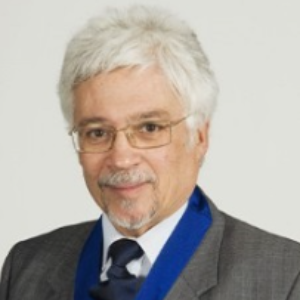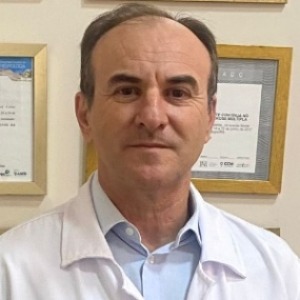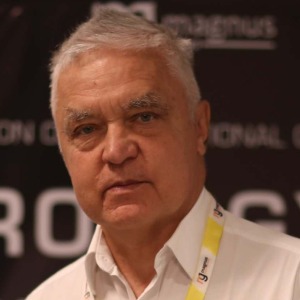Brain Circuitry
The Human brain is an incredibly complex organ composed of various circuitry, regions, and pathways that vary in complexity. These circuits facilitate neural communication throughout the brain and enable us to think, act, and create. Each region of the brain plays a specific role in mental and motor processes and when these distinct regions are connected together it can result in complex behaviors. Brain circuitry is extremely varied and dynamic. The term “circuit” refers to the wiring pathways carrying electrical and chemical signals between neurons. It is thought by some that specific areas of the brain are responsible for certain mental and physical processes. Circuitry plays a role in emotion, memory, motor, and learning processes. A good example of the complexity of circuitry in the brain is the somatosensory system. This system runs from sensory receptors located in the skin to the somatosensory cortex which processes sensory information. The signals travel along elaborate pathways composed of neurons, interneurons, and pathways called “whiskers” which are essential in relaying the signals to the brain’s sensory areas. Other types of brain circuitry are responsible for cognitive functions such as memory, learning, and language. The prefrontal cortex is made up of circuits that help us control our emotions and behavior, while the hippocampus is important for formation of memories and emotion. The basal ganglia are involved in controlling movement and complex thinking processes. While scientists continue to explore and expand our understanding of the brain circuitries, we are continually learning about the various roles, regions, and pathways responsible for mental and physical behavior. These are important not only for normal behavior, but also for understanding the neurological basis of disorders and diseases. Brain circuitry can be affected by not only neurological damage, but also environmental factors and genetics. By understanding these pathways and circuits, we can work to create targeted treatments for a variety of neurological disorders, and further our understanding of the inner workings of our most complex organ.

Ken Ware
NeuroPhysics Therapy Institute, Australia
Robert B Slocum
University of Kentucky HealthCare, United States
Yong Xiao Wang
Albany Medical College, United States
W S El Masri
Keele University, United Kingdom
Jaqueline Tuppen
COGS Club, United Kingdom
Milton Cesar Rodrigues Medeiros
Hospital Santa Casa de Arapongas, Brazil




Title : Perception and individuality in patient cases identifying the ongoing evolution of Myalgic Encephalomyelitis/Chronic Fatigue Syndrome (ME/CFS)
Ken Ware, NeuroPhysics Therapy Institute, Australia
Title : Narrative medicine: A communication therapy for the communication disorder of Functional Seizures (FS) [also known as Psychogenic Non-Epileptic Seizures (PNES)]
Robert B Slocum, University of Kentucky HealthCare, United States
Title : Rabies: Challenges in taming the beast
Alan C Jackson, University of Calgary, Canada
Title : Neuro sensorium
Luiz Moutinho, University of Suffolk, United Kingdom
Title : Traumatic Spinal Cord Injuries (tSCI) - Are the radiologically based “advances” in the management of the injured spine evidence-based?
W S El Masri, Keele University, United Kingdom
Title : Personalized and Precision Medicine (PPM), as a unique healthcare model through biodesign-driven biotech and biopharma, translational applications, and neurology-related biomarketing to secure human healthcare and biosafety
Sergey Victorovich Suchkov, N.D. Zelinskii Institute for Organic Chemistry of the Russian Academy of Sciences, Russian Federation